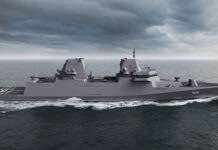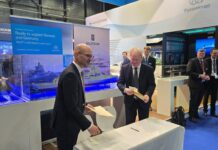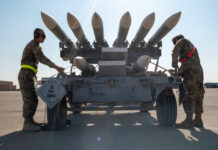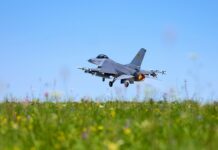According to a Nammo press release the company has recently secured an agreement with the South Korea’s Hyundai Rotem Company (HRC), to develop 120 mm ammunition for the Korean company’s K2 BLACK PANTHER Main Battle Tank (MBT). The initial value of the agreement is US$5m, and covers the integration, qualification and development parts of the agreement. Should the agreement later be expanded to include the delivery of production ammunition to K2 users, the value is expected to increase to over US$100m.
Contractor Background
Nammo is a long-time producer of 120 mm tank ammunition, with their large-calibre division offering ammunition, many of which are insensitive munition (IM) compliant, for:
- high explosive
- kinetic armour piercing
- canister
- training
The new agreement with HRC will initially focus on integrating existing Nammo ammunition types with the K2 MBT. The 120 mm/L55 smoothbore gun fitted to the K2 is already compatible with NATO standard 120 mm × 570 combustible-case ammunition, but in order to ensure safe and effective use in a ‘new’ gun, a series of qualification tests are required, for example to develop ballistic data for the ammunition when fired from the K2’s gun. Given that the K2 is fitted with an autoloader, it is important for the K2 to ensure physical compatibility between the Nammo ammunition and the autoloader, and also to ensure that the rounds can be recognised by the loading system, since the K2 autoloader uses a barcode printed on the ammunition to automatically identify the munition type.
Later Nammo Plans
Longer-term, Nammo will cooperate with HRC to finalise development of a programmable fuze, integrated with the fire control system (FCS) of the K2. Combined with the existing Nammo high explosive (HE) ammunition, this could for example provide the ammunition with an air-burst capability, enabling the K2 to effectively defeat a broad range of battlefield targets, including infantry and light armoured vehicles in defilade. The first successful test shot with the new programmable fuze was conducted last winter, at a test range in Norway.
The timing of the agreement is almost certainly not a coincidence. In November of 2020, the Norwegian Defence Minister presented plans to field a new Norwegian MBT starting in 2025. Norway has operated the German LEOPARD 2A4NO MBT since 2003, but a further upgrade of these in-service vehicles was considered uneconomical. After an initial down-selection, the current candidates for the new Norwegian MBT are the LEOPARD 2A7 and the K2. Initial discussions in this regard between the governments of Norway, Germany and South Korea focused, among other things, on defence cooperation, but it is unknown if the current agreement between Nammo and HRC is an outgrowth of this.
Commonality
What is certain, is that by Nammo having the capacity to locally produce qualified ammunition for a potential new MBT increases assurance of supply, and could help to pre-empt or alleviate potential concerns over choosing an MBT that is produced more than 7,000 km away. Additional encouragement for the agreement has undoubtedly been Poland’s recent decision to buy K2 MBTs, with an initial order having been placed for 180 tanks, and a reported intent to procure up to 1,000 in total. This further increases the potential size of the European market for ammunition for the K2.
The marketing advantages of the agreement to HRC are also evident. Having a well-known, local producer such as Nammo in a position to supply ammunition which has already been qualified for the K2 will further prepare the Korean tank for the European market.





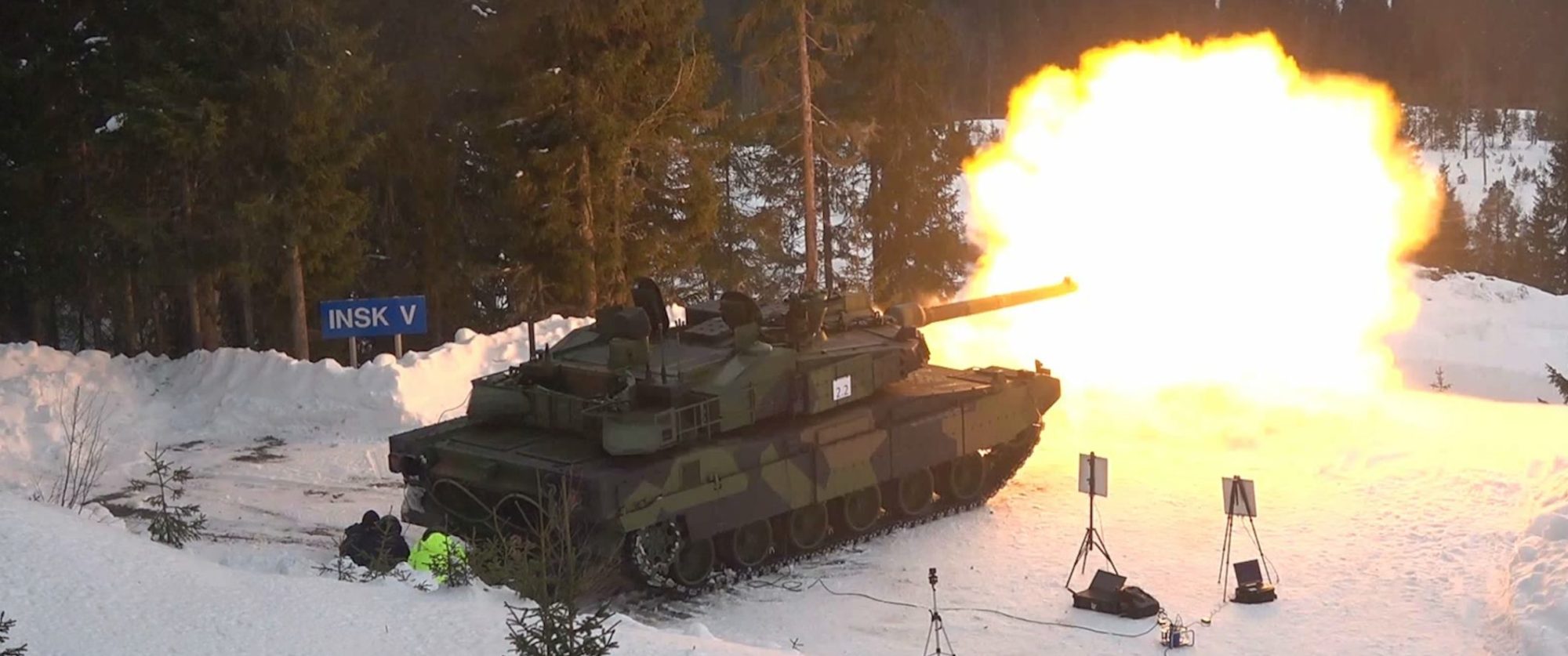


![Connect-4 The European Super RAP developed by NATO’s ACCS is shared with NATO’s Allied Air Command headquarters in Ramstein, western Germany. Two CAOCS, controlling NATO airspace above northern and southern Europe, generate these RAPs. [NATO]](https://euro-sd.com/wp-content/uploads/2025/06/NATO-Allied-Air-Command-NATO-Kopie-218x150.jpg)
